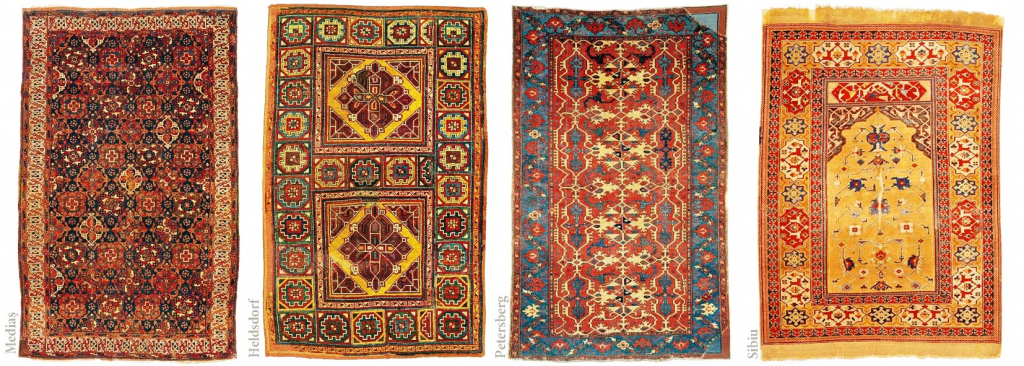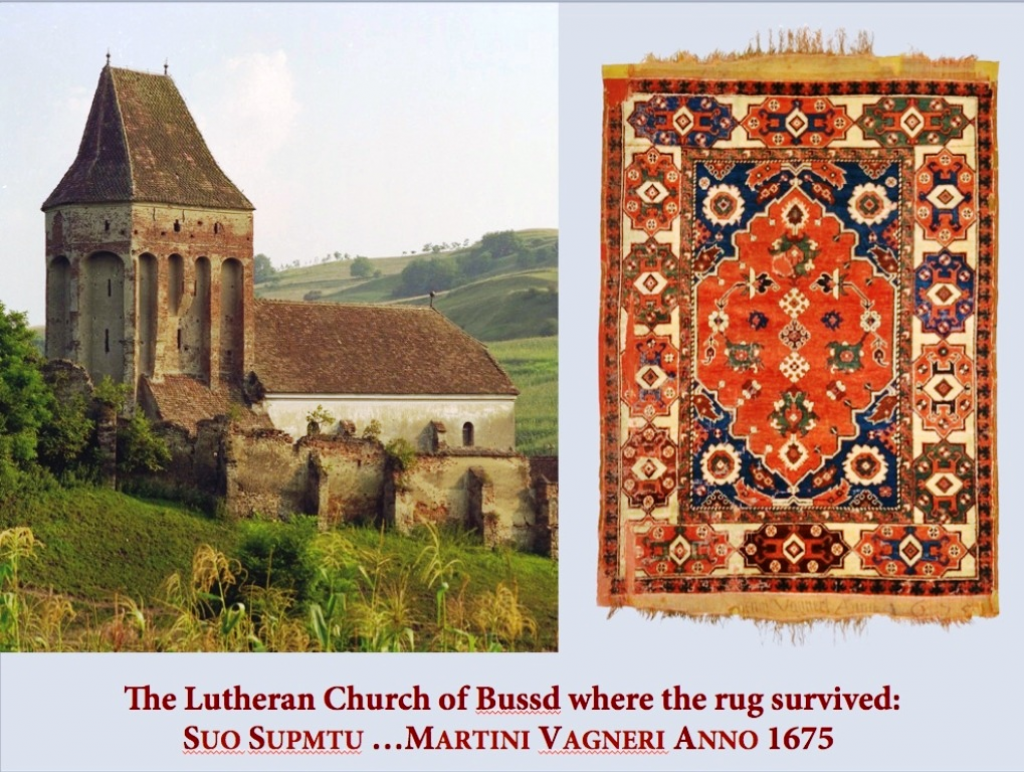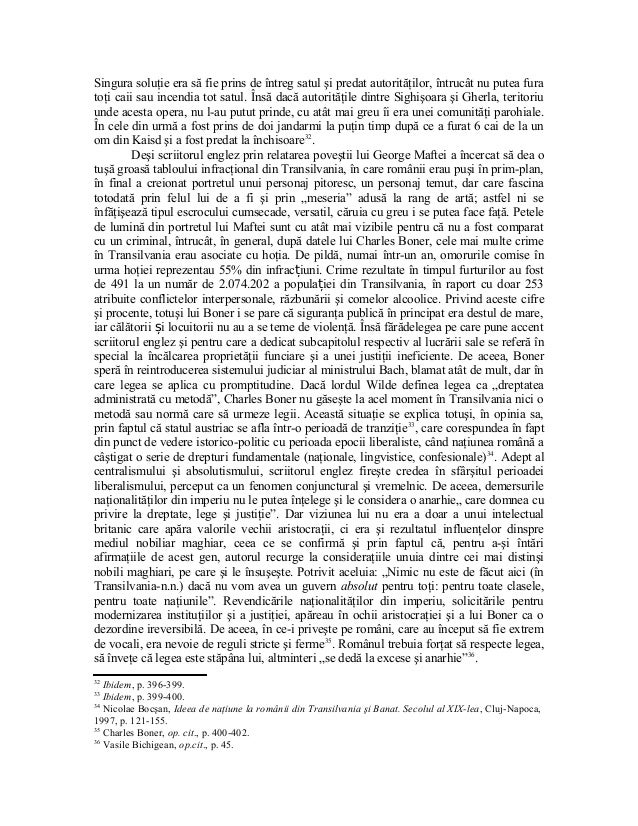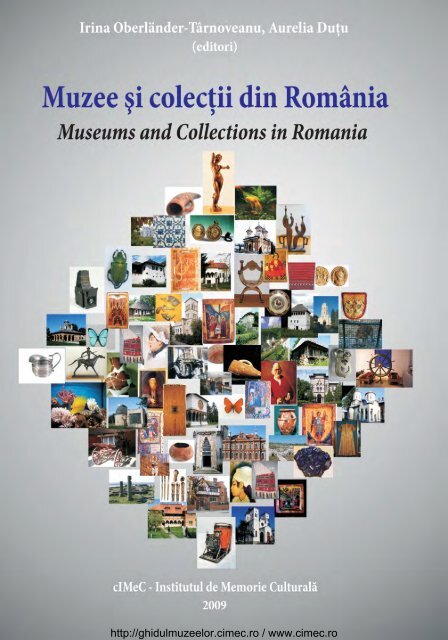T his is the first time after the great exhibition of 1914 from budapest that rugs from the transylvanian lutheran parishes are exhibited abr oad.
Carpete otomane in transilvania.
This is the most important award for a book in romania and also one of the very rare academic awards for a carpet book worldwide.
Along with carpets from transylvanian saxon churches the exhibition includes rugs from brukenthal museum in sibiu hermannstadt romania.
From a purely culinary point of view harker might as easily have blamed other romanian staple foods and beverages with names borrowed from the turks.
Today there are more than 380 ottoman classical carpets in transylvania.
Antichi tappeti ottomani in transilvania verduci editore roma 2005.
Povestea covoarelor otomane påstrate în regiunea bra ov sibiu i povestea pasiunii lui ãtefan ionescu pentru aceastå comoarå ignoratå pe care a reu it så o redea publicului îngrijindu se cu mari sacrificii de apari ia unei cår i magnifice.
Almost 400 examples from late 15 th to mid 18 th century including the golden period of the ottoman production still survive in the area.
Tracing the ottoman rugs in transylvania transylvania continues to be the repository of the richest and best preserved corpus of small format turkish rugs outside the islamic world.
Tipuri de covoare transilvănene otomane.
Oprescu prize of the romanian academy in history of art.
Then a french album was published with the title tapis turcs provenants des églises et collections de transylvanie by végh and layer in 1925.
During these early years cash strapped parishes sometimes took advantage of rising popularity of such items and.
This is the largest ensemble of prayer format turkish rugs to have survived in exceptional condition anywhere in the world.
A 1914 carpet exhibit in budapest included 354 antique turkish rugs of the lot 228 had a provenance traced back to transylvania.
Printre covoarele de perete conservate în transilvania sunt covoarele clasice turcești ca holbein loto și așa numitul alb selendi sau ushak.
23 outstanding ottoman rugs from the secont half of the 15th century to the end of the 17th century from the great parish collections of brasov kronstadt and medias mediasch and from smaller transylvania parishes bagaciu bogeschdorf.
The ottomans introduced the dried and powdered new world pepper spice to eastern europe in the 16th century just about the same time that the first ottoman carpets arrived in transylvania.
Amongst the rugs carpets preserved in transylvania are classical turkish carpets like holbein lotto and so called white ground selendi or ushak carpets.
Types of transylvanian ottoman rugs.
The term transylvanian rug more specifically refers to four distinct types of anatolian carpets which have survived in transylvania.
This the most important corpus of turkish textile art still surviving in eastern europe a region that for centuries was part of the ottoman empire.



























